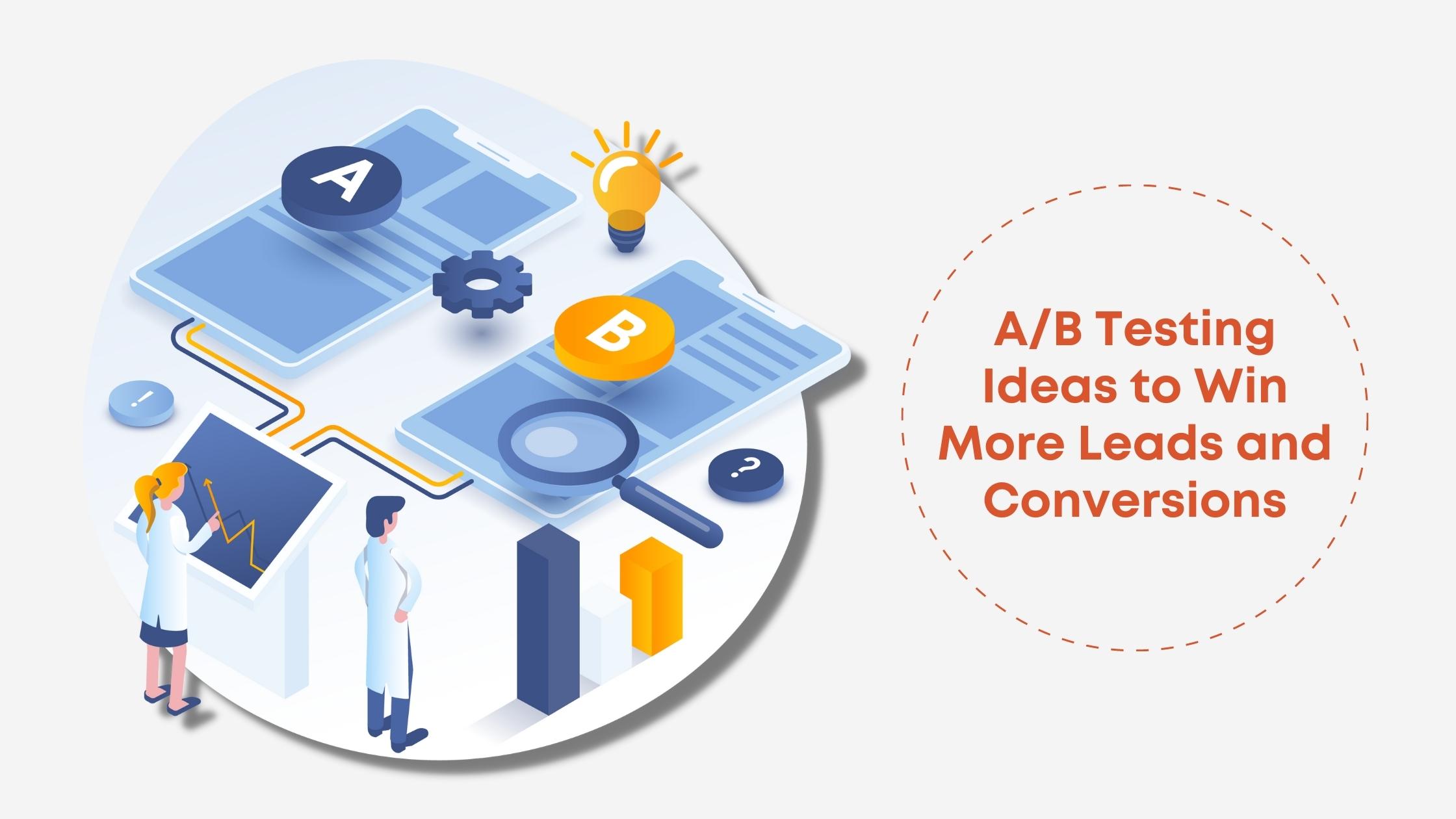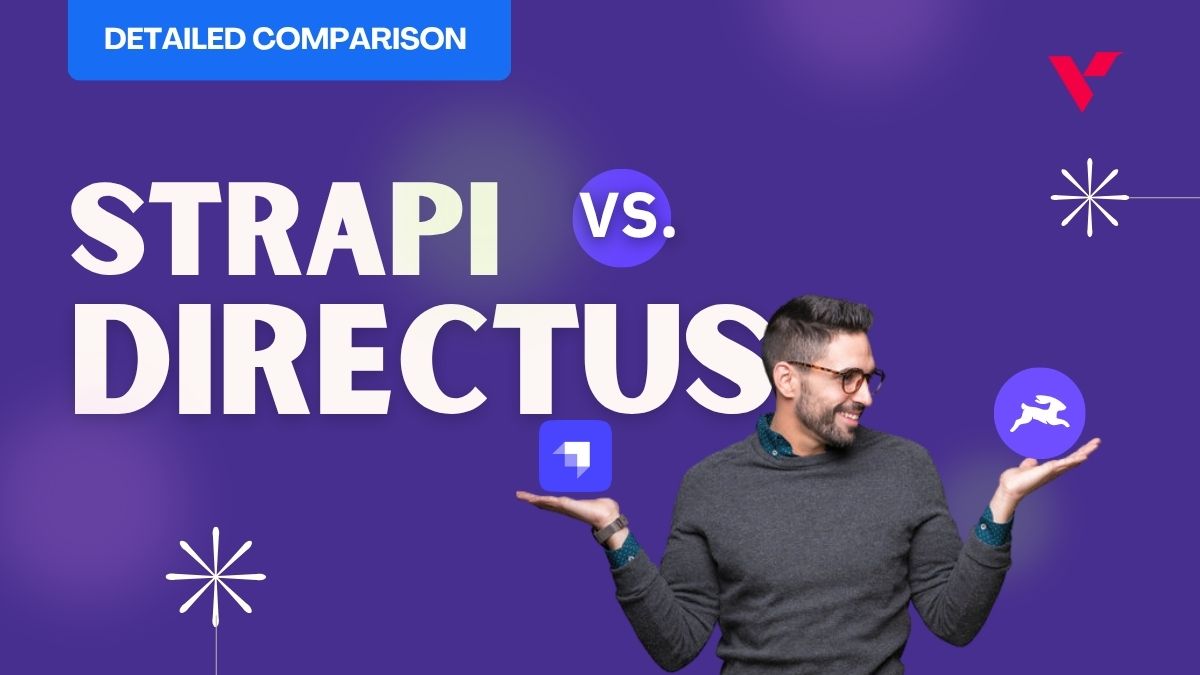So, you want to make your site relevant and keep on generating leads. If you’re looking for some A/B test ideas, you’ve come to the right place.
Many companies and brands miss out on leads simply because they forgot to split-test their pages. In this post, we’ll walk you through A/B test ideas to consider if you want to generate more leads.
A/B testing is an effective way to test what’s working and what’s not. It can be used in any type of marketing effort, from branding, search marketing, social media, video marketing, and even on an enterprise level, such as account-based marketing.
Table of Contents
What is A/B testing?
In a nutshell, A/B testing tests two variations to see which works best.
It also saves you from the headache of having to rely on false assumptions if you want to get the most out of your digital marketing efforts. Similarly, it allows you to gain insight into actionable and accurate data you depend on when making critical marketing decisions.
But why do you have to test your ideas before implementing them? Well, here are a few reasons:
A/B testing, if done well, can boost your conversion rates significantly. Once your conversion rates increase, so will your sales. This saves you from making fatal mistakes that can potentially harm you in the long run.
With A/B testing, you can test different elements of your message to see what works best with your audience. This could include testing different subject lines, calls to action, or even the time of day that you send your messages. Multivariate or A/B testing is essential for any account-based marketing success.
Now that you know the basics, here are the A/B testing ideas that allow you to win more leads and conversions:
1. Landing page layout
Your landing page’s layout is one of the many experiments that you need to carry out on your landing pages. Every site has its target demographic, with several layout designs that you can use. Some sites will go for detailed landing pages. On the other hand, others will rather go for a more general landing page instead.
When enhancing your conversions, there’s no right or wrong strategy here. For instance, what may work well with other companies may not always work with you. That’s why you should constantly test to know what works for you.
2. Email subject line
Email marketing always plays a vital role in any inbound campaign. Yet, it still has to be effective. One of the first stages of any email campaign is getting the email opened, and the only way you can achieve that goal is to craft compelling subject lines.
It is also one of the first things they’ll read before deciding whether they want to read the whole body text.
So, ensure that you test out your subject lines first, giving you a good idea of the issues that resonate well with your clients.
3. Value proposition
It would help if you also had a well-articulated value proposition that resonates well with your target audience. Doing so will give you an edge over your competitors.
Many companies think that having a value proposition will be enough for users to be interested in their products and services. However, most companies usually get this wrong.
So, what does an excellent value proposition look like?
Well, it compels visitors to become interested in your products and services by providing a summary of how they will benefit them in the long run.
However, it is not always easy to develop a value proposition that appeals to your leads and converts them into customers.
Here are some tips:
- Ask your existing and past customers why they chose to go with your product or service.
- Categorize responses in separate groups.
- Validate current customer insights by surveying site visitors to know which categories resonate with them the most.
- Run AB tests to know which value proposition enhances your conversion rates.
4. Trust signals and social proof options
You couldn’t get high conversions without trust. You can’t force, or demand it from web visitors, either. Instead, you need to earn it. Regarding trust in sites, placing trust signals will put your prospects at ease.
It can either be in the form of a testimonial, membership, or guarantee. Depending on the test results, you can have more than one type of trust signal on your site. Similarly, the seal placement also needs to be tested.
Social proof also has that same effect. This is a psychological phenomenon wherein you look for other people or “additional signals” before you can make any decisions. It’s also one of the best persuasion tools that you can use to influence prospects who are still trying to make that buying decision.
5. Different CTA button color
What buttons do you want to stand out from your landing pages? Well, that will most likely be your CTA buttons because it’s the action you want users to take.
Make sure you set out heatmaps to know what users are doing on your page. If users aren’t clicking on your CTAs, then maybe it’s time to do things differently.
Usually, contrasting button colors stand out more from a CTA button that has a color that blends with the rest of the page. One of the best colors for CTAs is orange, as it’s associated with happiness, so it does wonders with conversions.
6. Number of fields In the contact form
It’s often said that the fewer fields in a form, the higher conversions will be. However, digital marketing isn’t as always as straightforward.
So, how many fields in your form are too many?
Well, the answer is- it depends. When choosing the number of fields for your lead generation form, ask yourself the following:
Am I prioritizing lead quantity or quality?
What information do I need to give to convert leads into paying customers?
When you have the answers to these questions at your fingertips, the next thing you choose is to design two different forms and then run a test.
7. Test the images and videos
49% of marketers say that visual marketing is crucial to their strategies. That’s because today’s modern audience loves to see compelling images, engaging videos, and short infographics.
Thus, you can A/B test these if you want your content to stand out. In the same way, you can embed YouTube videos on landing pages. It would help if you also worked on replacing stock images on your site with something more unique and eye-catching.
8. Self-identification vs. no self-identification
Self-identification is how you see and describe the world around you. There are plenty of ways that visitors can self-identify themselves. You can do this by asking them to identify themselves based on their job role, persona, the industry they’re in, and company size.
Like in real life, a lot of people hesitate to provide their personal information. Asking strangers to self-identify themselves will more likely drive them away. That’s why it’s so crucial that you split tests before you can make any final decisions.
9. Less unnecessary page elements
Gaining more conversions isn’t just about what’s happening on the front end.
Page can also play a massive part in whether a user converts. 53% of visitors are also likely to abandon pages that take more than three seconds to load. You can check your current site speed with Google PageSpeed Insights.
You can also try different ways to make your site load fast and make a good impression by eliminating unnecessary elements that slow your site down.
10. Single vs. multi-step form
Depending on your form’s purpose and the volume of information you need from users, this can be a single or multi-step form.
But how do you differentiate one from the other?
Well, a single-step form is a form in which you need to fill in all the required information in one go. This is ideal if you want basic information like email address, name, and website URL.
On the other hand, a multi-step form is a form that’s broken down into multiple pieces. While it may have the same questions as the usual single forms, it will usually ask for information in small chunks.
Now, which would be the ideal lead generation form between these two? Both can help you with conversions and generate leads. But how do you ensure you get it right in your site form? Well, you guessed it. You need to test it out.
11. Form Placement
As soon as you figure out the number of fields that you need to have and the type of form you need to use, the next thing you need to think about is form positioning.
Believe it or not, form placement significantly boosts a person’s interest in inquiring about your products and services.
Until recently, many marketers have been sold off to the idea that a form needs to be placed above the fold. The logic is that above-the-fold content will show up first to visitors, generating more attention.
However, times have changed. In a study by Clicktale, 76% of users will scroll away from the bottom of the page, no matter the page length.
Placing your forms above or below the fold will still enhance your lead generation conversions. But, of course, this still has to be backed up with an A/B test.
Over to You
So there you have it. Now is the time to go ahead and do an A/B test. Just make sure that you do these tests with the user in mind. It would be best if you also had an efficient roadmap with you so that you can easily target your business goals. Good luck!




















